The Golden Ratio
1.61803398875
This is the Golden Ration. It is a special number found by dividing a line into two parts so that the longer part divided by the smaller part is also equal to the whole length divided by the longer part. It is often symbolized using phi (the ratio of the circumference of a circle to its diameter), after the 21st letter of the Greek alphabet. Throughout history this number can be seen in the architecture of many ancient creations such as the Great Pyramids and the Parthenon. The lenght of each side of the base of the Great Pyramid of Giza is 756 feet with a height of 481 feet. The ratio of the base to height is roughly 1.5717. Very close to a perfect golden ratio. The golden ratio has held a special fascination for give or take 2,400 years. For generations the world's greatest mathematical minds from Euclid, Pythagoras, Leonardo of Pisa, Johannes Kepler, and modern figures like Roger Penrose have endeavored countless man hours studying this ratio and its properties. Mathematics aside, the Golden Ratio has influences in many aspects of reality. Architects, artists, biologists, historians, musicians, and psychologists have debated the soundness and its ubiquitousness. This ratio has been the inspiration for many profound thinkers and creators on our planet more so than any other number since the beginning history of mathematics. Below I will break down some depicting aspects of the Golden Ratio and its influences on current reality.
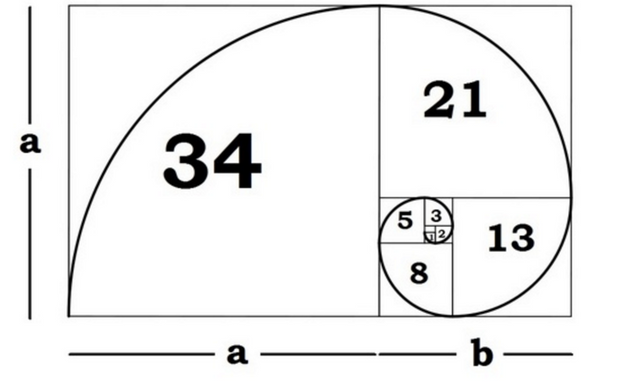
Ancient Greece
The Greeks being very fascinated with Geometry used this Golden Ratio. Euclid's Elements is the earliest accounted source that contains a definition to the ratio. Euclid proved that the diagonals of the regular pentagon cut each other in "extreme and mean ratio", which is now known as the Golden Ratio. Now according to legend, Pythagoras a Greek Philosopher had discovered the concept of harmony upon his embark of the study of proportions while listening to the different sounds of blacksmith's hammers hitting their anvils. The differing in weights caused the clang of the hammer/anvil connection to resonate at differing sounds. He used this insight to test taught chords or "strings". This is a 1:1 ratio or monochord. He noticed that chords at different tensions made differing sounds. This is similar to the differing weights of the blacksmith's hammers. He then began to vary the strings and eventually produced chords. The 2:1 ratio produced notes exactly an octave apart. He correlated this pattern of numbers into physical experiences. Pythagoras believed that beauty was directly linked with the ratio of miniscule integers. These discoveries were quite profound to him and he labored to keep it a secret. He saw the essence of the cosmos in the form of numbers thus giving the numbers special significance.
Aesthetics
"A straight line is said to have been cut in extreme and mean ratio when, as the whole line is to the greater segment, so is the greater to the lesser" (Euclid's Elements).

That simplistic line above has profound implications for many natural phenomenon. Crystals, plants, art, even the stock market all show influences of this if not some in totality.
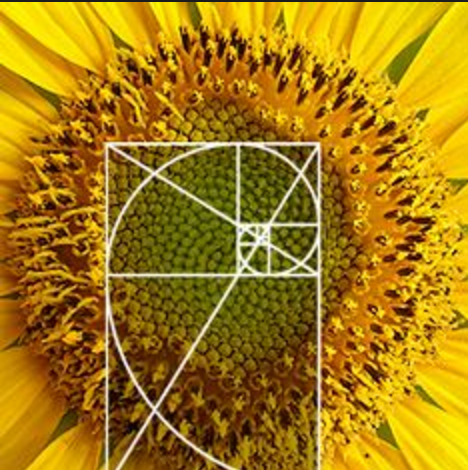
This provides a superb example of an attempt to mingle mathematics with the arts.
Architecture
All throughout ancient civilization the Golden Ratio has been discovered with modern mathematics and perception to be a big part of the past. The Parthenon's façade and the Great Mosque of Kairouan are both widely known historical pieces of architecture that both have heavy ties to the golden ratio. The Swiss architect Le Corbusier, famous for his contributions to the modern international style, centered his design philosophy on systems of harmony and proportion.
Art
The face of Leonardo Davinci's Mona Lisa have ties to the ratio. The height to width of that rectangle is an exact match to the Golden Ratio. Leonardo was a close personal friend of Luca Pacioli, who published a three-volume treatise on the Golden Ratio in 1509 (entitled Divina Proportione). Salvador Dali's painting Sacrament of the Last Supper is equal to the Golden Ratio. He also incorporated a dodecahedron (a twelve-faced Platonic solid with each side being a pentagon) encompassing the supper table in this painting. The dodecahedron is said to be the solid "which the god used for embroidering the constellations on the whole heaven". This is directly in intimacy with the modern Golden Ratio. Finally, the Modulor; designed by a Swiss-French architect and painter named Le Corbusier, was intentionally proposed to provide a standardized system that could autonomically grant harmonious proportions to everything. The range for this system is supposedly infinite and incomprehensible to its full extent. From our understanding it can range from huge skyscrapers to the very placing of door knobs and other variable we experience on a daily basis.
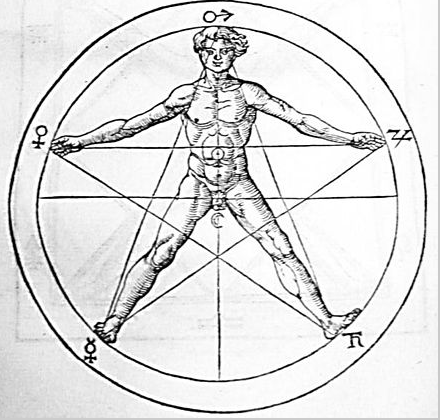
The 16th-century philosopher Heinrich Agrippa drew a man over a pentagram inside a circle, implying a relationship to the golden ratio.
Design
Some sources claim that the golden ratio is commonly used in everyday design, for example in the shapes of postcards, playing cards, posters, wide-screen televisions, photographs, light switch plates and cars.
Nature
The veins in leaves, branches, and leaves themselves all express the Golden Ratio. Even the branching of veins and nerves in animals and humans express the Golden Ratio; also, the geometry of crystals. The Golden Ratio can be seen on a grandiose scale governing and operating as a universal law. The ratio is the ground-principle of all formative existence striving for beauty and completeness whether cosmic or individual, organic or inorganic, acoustic or optical; which find their fullest realization in the human form. The golden ratio is even present at the atomic scale. Several researchers have proposed connections between the golden ratio and human genome DNA.
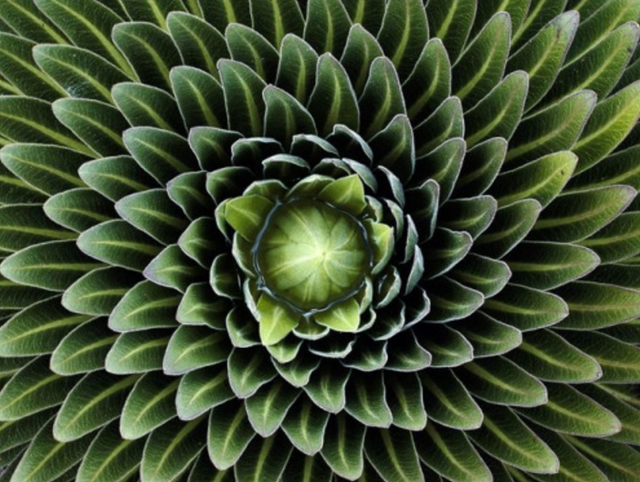

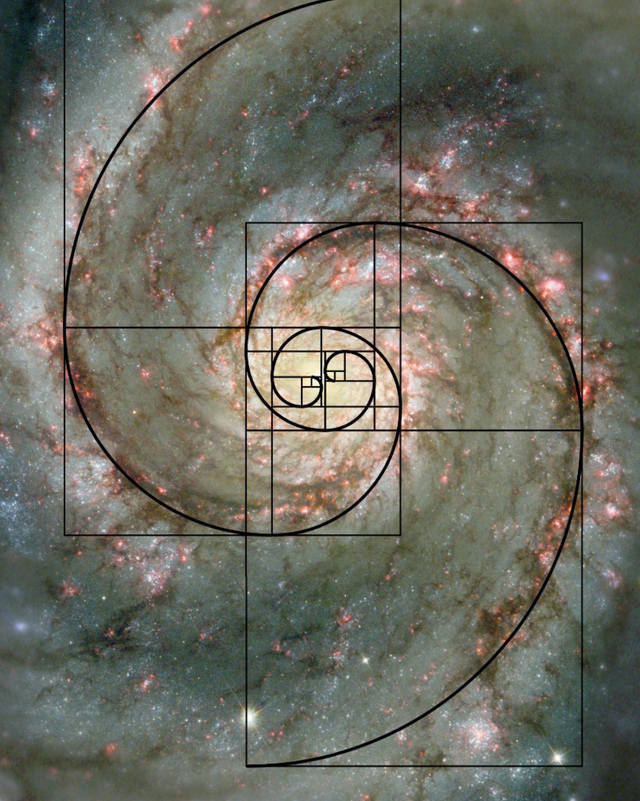
hi! @catalytic it will be best if you can cite your pictures and also the sources. Thanks!
Hi,
Your article seems to be very inspired from this link and the associated wikipedia entry. For a matter of honesty, and fairness, it is always important to add the references used to write an article. Some sentences are by the way taken as such from the two sources. In this case, it would be better, at least for the reader standpoint, to clearly indicate what you have taken identically to the sources and what is definitely yours (and thus original), using markdown style for instance.
Of course, all of this is my opinion and you are allowed to follow it or not! This is up to you :)
I almost always use the golden ration in my art and photography. It makes it much more powerful.
This article is really nice, but there are no cited sources. Please add your sources :)